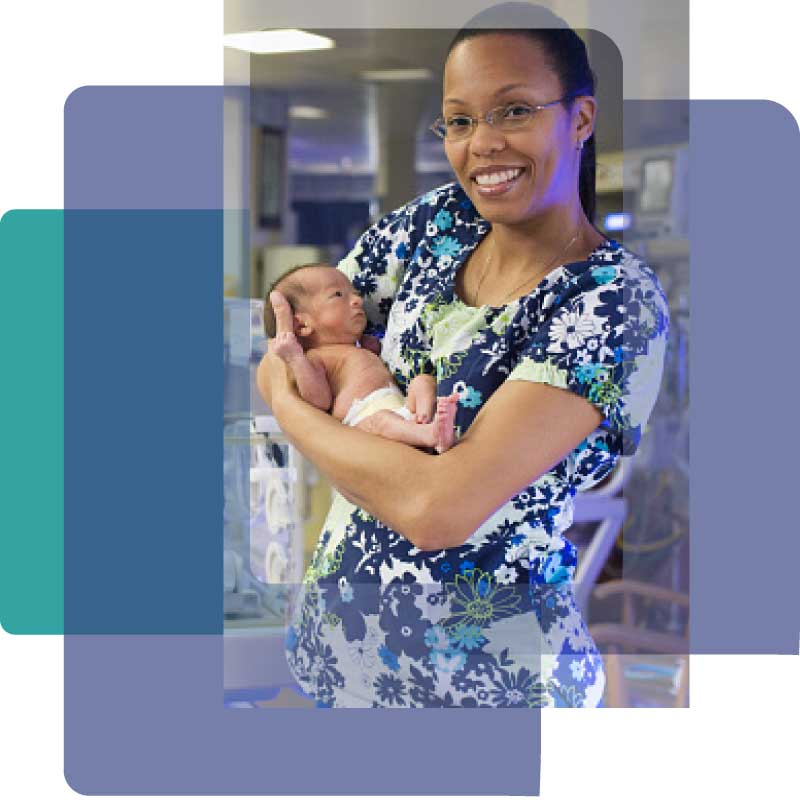See how Bunnell gentle ventilation saves lives.
World’s most premature baby defies sub-1% survival odds to break record
By Adam Millward
Published 10 November 2021
How the world’s most premature twins have defied the odds to celebrate their first birthday
By Nick Adams
Published 24 November 2019
Questions Parents Frequently Ask
What is High Frequency Ventilation? And why does my child need this?
Mechanical ventilators are made to assist with breathing and gas exchange- which is getting Oxygen (O2) into the blood, and removing the waste gas Carbon Dioxide (CO2) from the blood. Most ventilators mimic normal breathing- we call these Conventional Ventilators. Sometimes, a different strategy called High Frequency Ventilation provides more effective gas exchange and clinicians may change to this method based on the condition of the lungs. High Frequency ventilators gently move small amounts of air into and out of the lungs at very high rates; often it appears that the chest is bouncing, or wiggling, rather than rising and falling like usually occurs.
What is the LifePulse ventilator? Why do some refer to it as ‘The Jet’?
The LifePulse is a High Frequency ventilator delivering tiny puffs of air into the breathing tube through our LifePort adaptor. A special ‘nozzle’ in this adaptor causes the gas to speed up, hence the term ‘The Jet’. The breaths move at high speed through the airways, often bypassing injured areas of the lungs on their way to the healthier air sacs where gas exchange can occur. The LifePulse is unique, allowing exhaled gas to leave the lung at the same time the fresh breaths are travelling into the lung. This is very efficient for removing CO2. The goal is to maintain proper gas exchange while using as little pressure as possible to protect the lungs and give injured areas time to rest and heal.
How many children have been treated with the LifePulse?
The LifePulse Ventilator was approved by the FDA in 1988- that’s over 30 years of helping babies breathe! Today, “The Jet” is used in hospitals all across the globe, helping thousands of babies and children each year, and that number increases every day!
Why are Two Ventilators Connected to the Patient?
The role of the Conventional Ventilator being used with the LifePulse is to ensure the gas can easily travel into and out of the lungs by keeping the lungs inflated with a baseline pressure called PEEP. Sometimes larger breaths are helpful to expand the lung, much like the reason we ‘sigh’ occasionally. The Conventional Ventilator is able to provide these recruitment or ‘sigh’ breaths.
What Causes the LifePulse to Alarm?
All of the beeping and alarms in the ICU can be overwhelming. Alarms don’t always mean a ‘bad’ thing is occurring. Sometimes, things like the hiccups or even yawning can trigger alarms! The LifePulse has alarms to alert the clinicians of changes in the values it measures. Your care team will determine how to manage your child’s care in response to these alarms.
Any type of spontaneous breathing is good exercise for your child’s lungs. The Jet is constantly monitoring and adjusting to work with your child while still maintaining the support needed.

